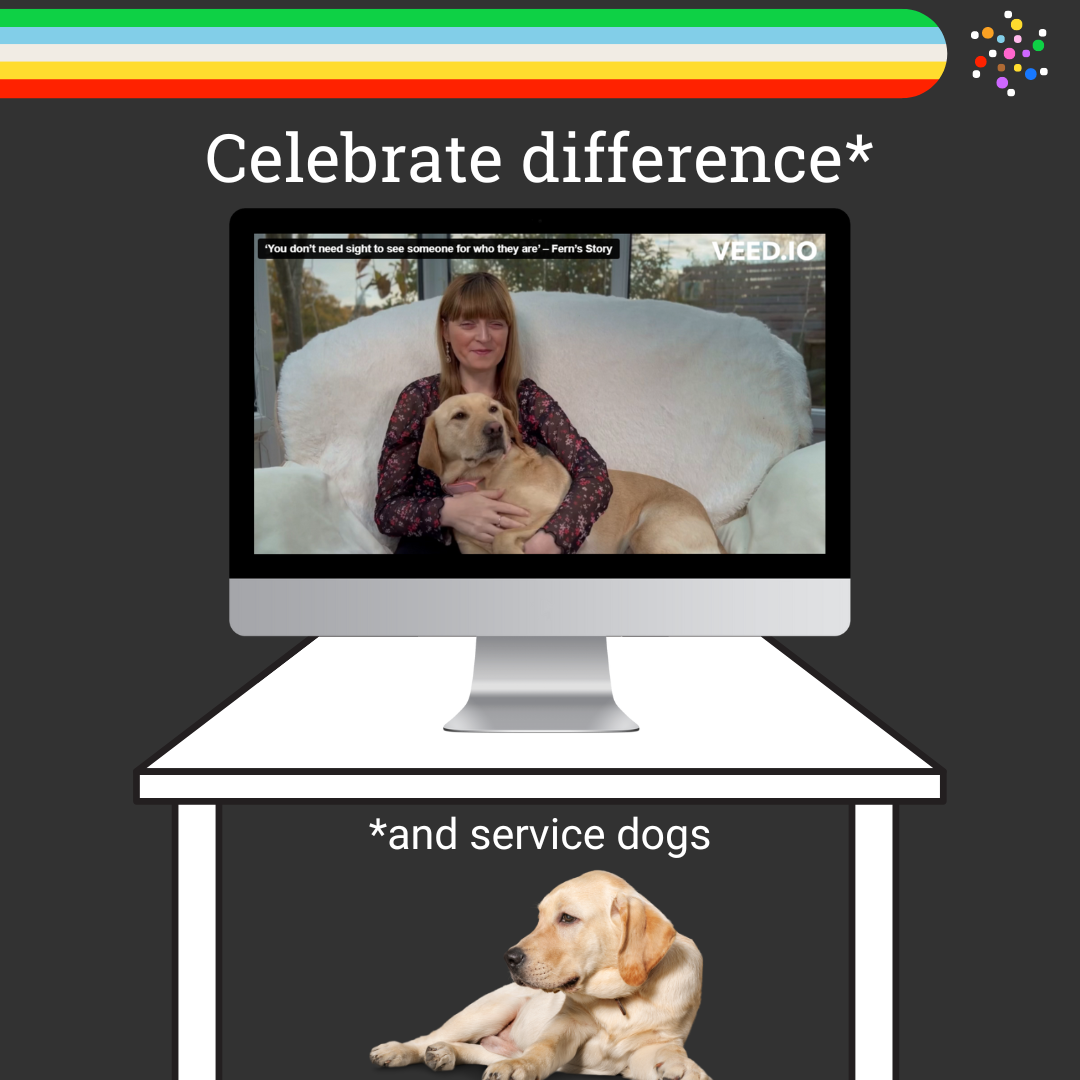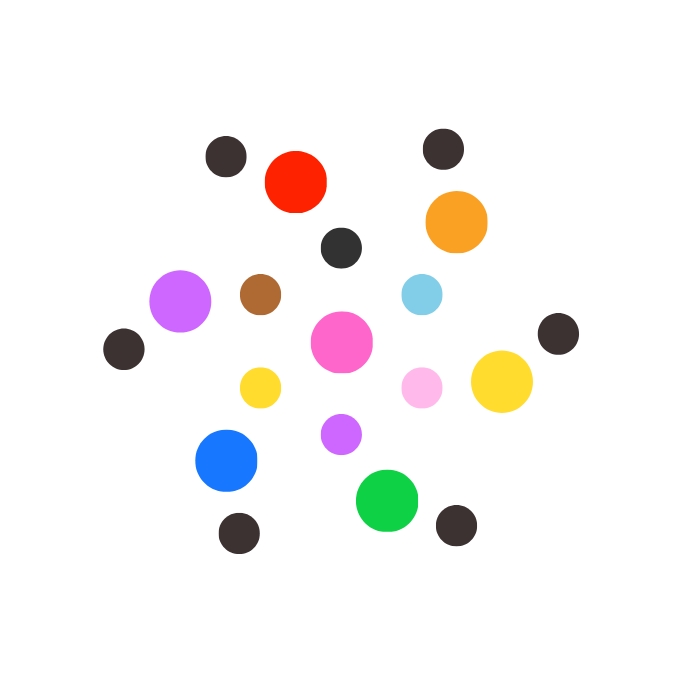This Disability Pride Month we want to shine a light on the importance of visibility of disabled people and the celebration of diversity more widely, be it through LGBTQ+ representation or any other point of difference.
We know that young people often worry about standing out in school and are concerned that they will be bullied because of their differences. It is, therefore, essential to create classroom environments that are inclusive and welcoming for all young people.
Understanding intersectionality
At Diversity Role Models, we emphasise the importance of understanding and celebrating everyone’s differences. This includes people who may have more than one point of difference – such as those who have a disability and are also LGBTQ+. This is called ‘intersectionality’, and is where several points of difference, or identities, intersect or overlap to create additional challenges. In understanding intersectionality better, we can begin to address the layers of difficulty that individuals might face and promote a more comprehensive understanding of diversity.
Visibility of disability
A number of our volunteer Role Models have a disability and speak about their experiences to young people in our school workshops. By being visible and giving students first-hand experience of meeting someone with a disability, they help illustrate the richness of diverse experiences and the importance of empathy and support for all. They also offer positive representation to students who have a disability, to be inspired and understand that they are not alone.
Stuart’s story: Being deaf and gay at school
For instance, Stuart, who is both LGBTQ+ and deaf, shares his story in our Diversity Role Models classroom workshops, providing young people with a powerful example of intersectionality. Stuart demonstrates that having multiple, overlapping identities is not only possible but also something to be celebrated.

Watch Stuart’s story and access additional educational resources here: https://vimeo.com/ondemand/diversityrolemodels/806436948
Fern’s story: Celebrating our unique identities
During Disability Pride Month, it's essential to celebrate what makes us unique and highlight the importance of teaching young people to recognise our shared humanity.

Our volunteer Role Model, Fern, shares her story of being blind in our educational video with supporting classroom resources. Fern highlights that our differences make us unique and interesting, and as an LGBTQ+ ally, she underscores the importance of acceptance and inclusion for all.
Watch Fern’s story and find additional classroom resources here: https://vimeo.com/ondemand/diversityrolemodels/810643450
Robert’s story: The power of language
Language plays a critical role in helping young people understand and accept their differences. Having the right words to describe themselves is crucial for self-understanding and acceptance. This is true for both visible and hidden disabilities, such as autism and ADHD. It also applies to other forms of difference, such as gender identity and sexual orientation.
We celebrate volunteer Role Models like Robert, who is both autistic and trans for speaking about his experiences. By sharing his story in our workshops, Robert helps young people see others like themselves and learn the language to describe their own experiences.

Watch Robert’s story and access supporting educational resources here: https://vimeo.com/ondemand/diversityrolemodels/806430120
Recognising hidden disabilities
Not all disabilities are visible. Some people may have hidden physical disabilities or be neurodiverse, facing unseen challenges. For young disabled people in schools, this invisibility can make the challenges they face less recognised by teachers and peers.
Our recent Diversity Role Model Research and Impact Report found that found that students consistently identified disability and LGBTQ+ as the areas of diversity which were least covered by the school curriculum. Disabled students are also 84% more likely to agree that bullying related to disabilities occurs than non-disabled students.

We celebrate volunteer Role Models like Charlie, who shares her story of having a hidden disability and brings awareness and compassion to pupils in primary and secondary school classrooms. Charlie’s visibility helps young people understand that differences come in many forms, both seen and unseen.
Watch Charlie’s story and access educational resources here: https://vimeo.com/ondemand/diversityrolemodels/810855366
We encourage teachers to create inclusive classrooms where diversity is embraced and everyone can thrive. By promoting understanding and acceptance of individual differences, such as disabilities, LGBTQ+ identities, or other forms of difference, we can take significant steps toward ending bullying in schools. This Disability Pride Month, we encourage all educators to work towards creating a more inclusive and accepting society for everyone.
You can access Diversity Role Models full set of age-appropriate educational videos with supporting key-stage designed classroom resources here
